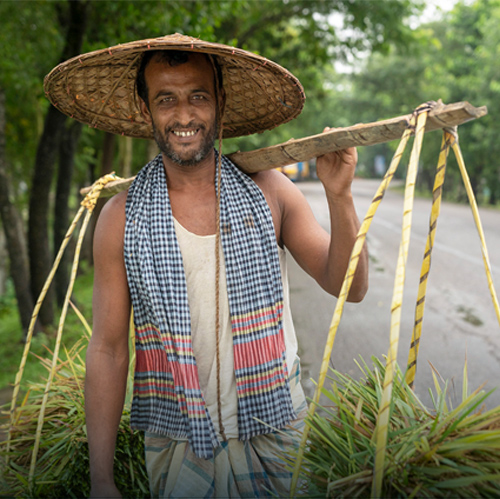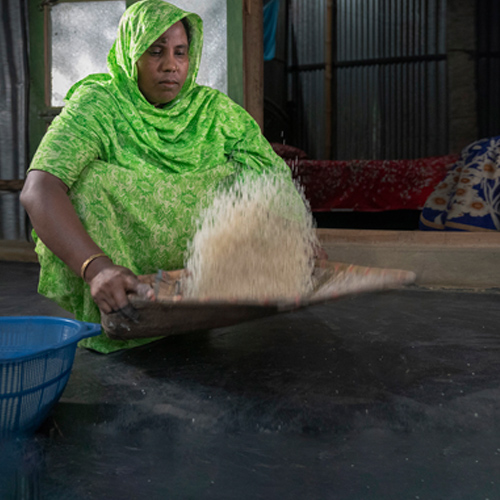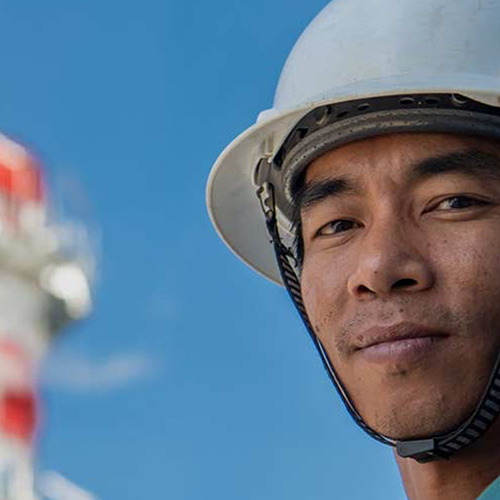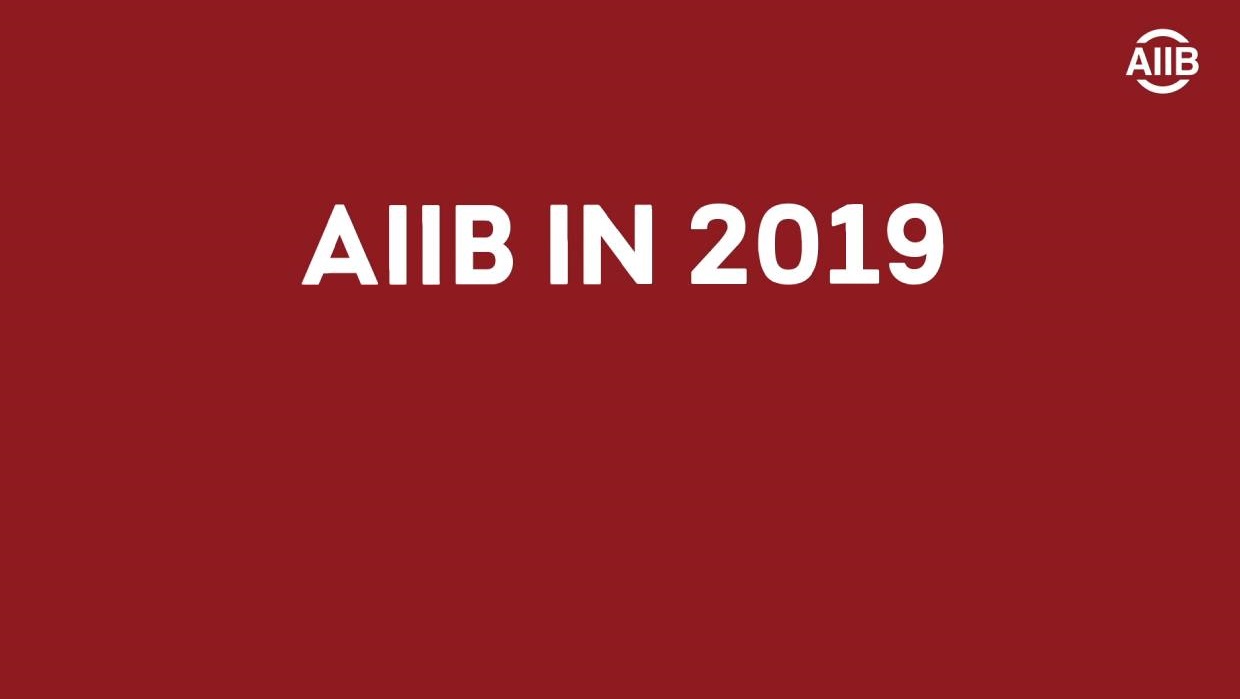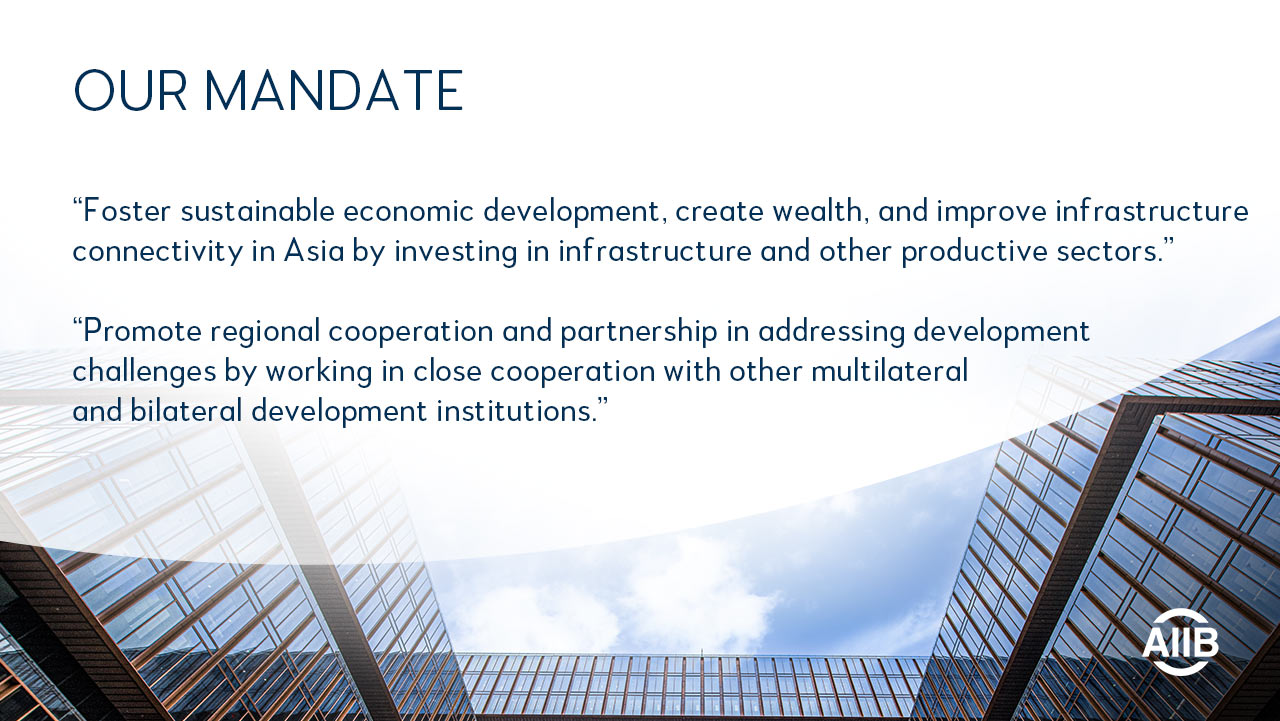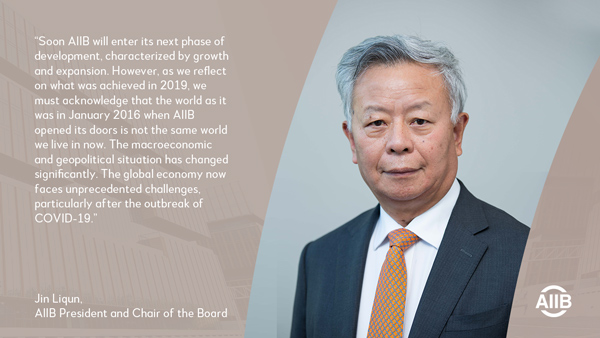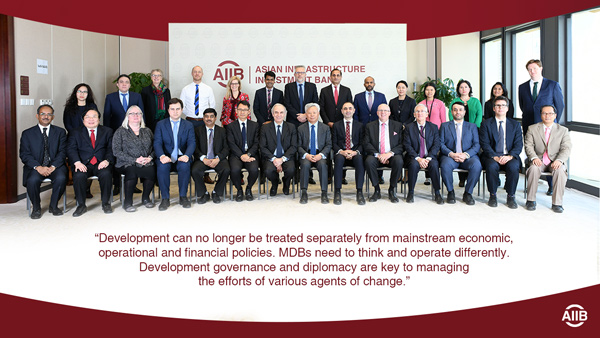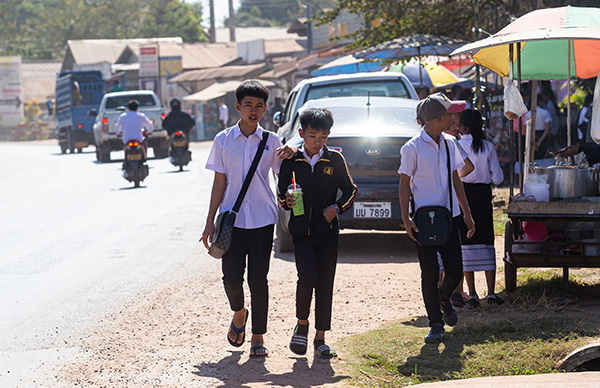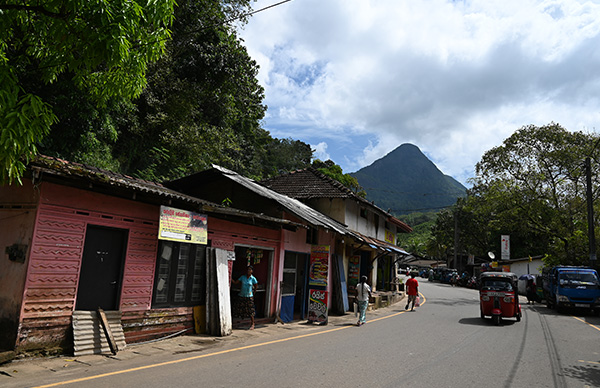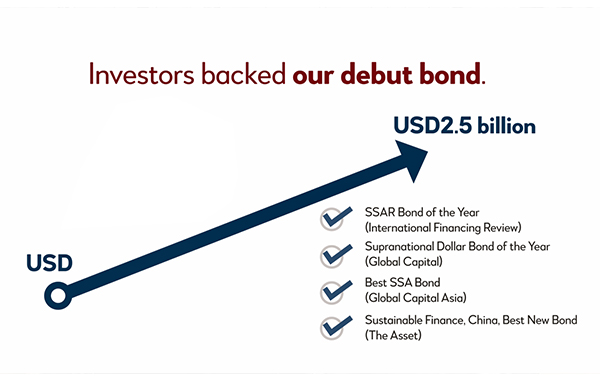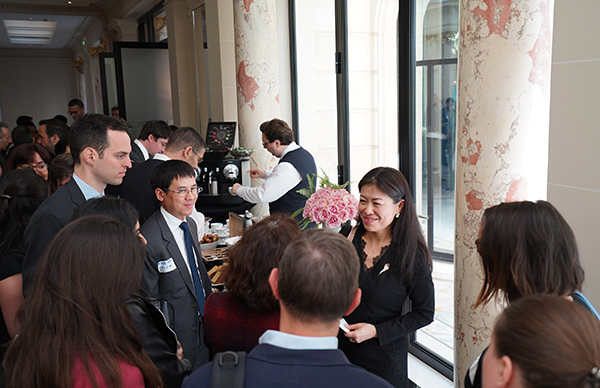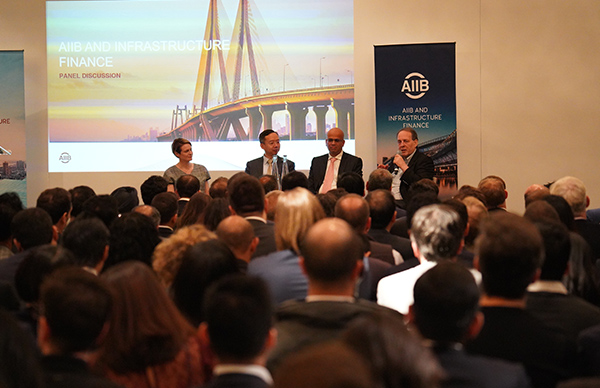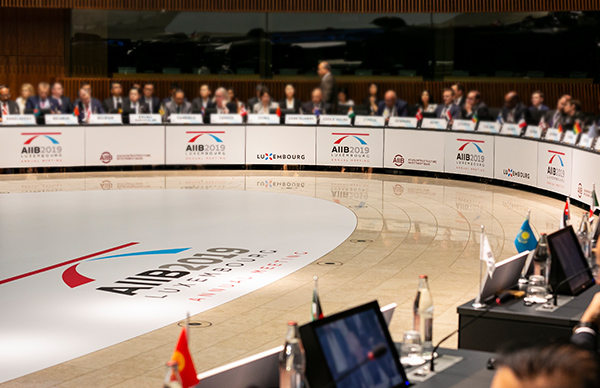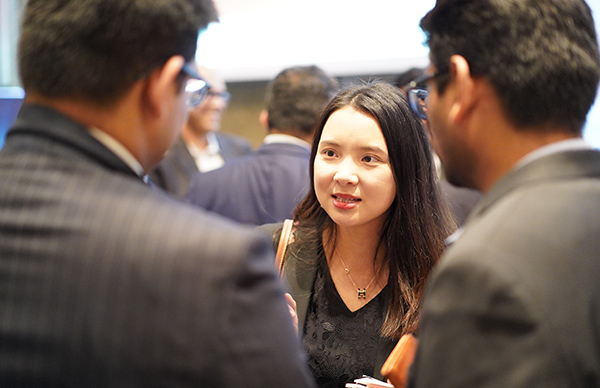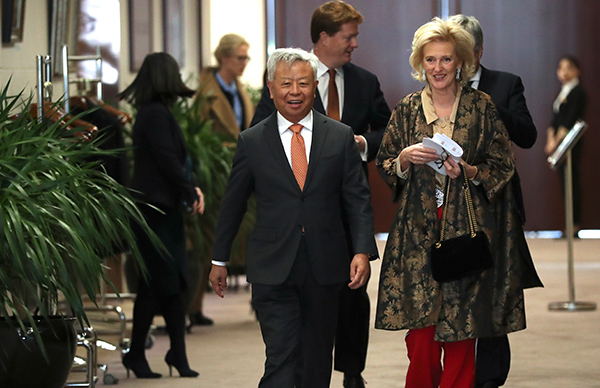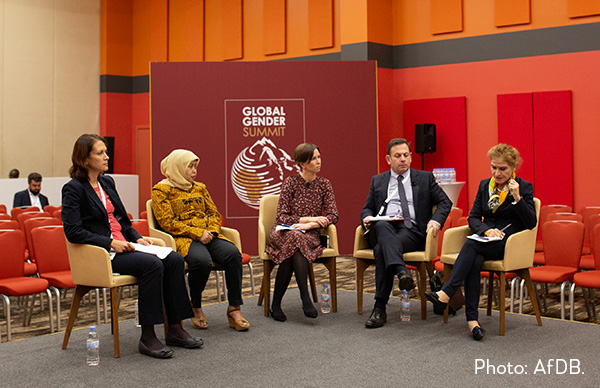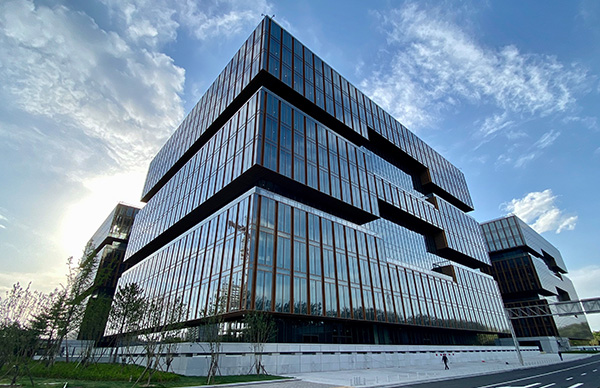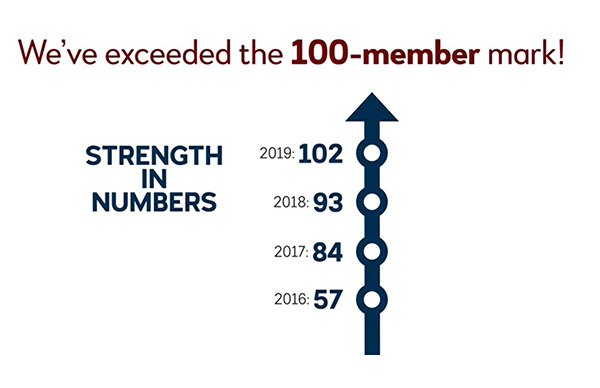Soon AIIB will be entering its next phase of development, which will be characterized by growth and expansion. However, as we reflect on what was achieved over the past year, we must acknowledge that the world as it was in January 2016 when AIIB opened its doors is not the same world we live in now. The macroeconomic and geopolitical situation has changed significantly. The global economy now faces unprecedented challenges, particularly after the outbreak of the COVID-19 pandemic.
The COVID-19 crisis will be a litmus test of our ability to address formidable unprecedented challenges. Will AIIB prove to be agile and flexible enough to assist our members when unexpected circumstances arise? Now is the time for AIIB to demonstrate its adaptability, resilience, responsiveness and readiness by stepping in to provide our public and private sector clients with urgent financial support. AIIB’s
COVID-19 Crisis Recovery Facility allows us to support our members and clients in alleviating and mitigating economic, financial, social and public health pressures arising from COVID-19.
While the long-term consequences of the current crisis are yet to play out, it is likely that increasing fiscal pressures and economic slowdown will lead to a sharp drop in infrastructure investment, further widening what was already a very large gap. It is therefore critical that key infrastructure investments, particularly those mitigating climate change, continue to receive financing.
It is our role to step up our efforts to provide countercyclical lending to keep our members fiscally on track during times of uncertainty. Once the COVID-19 crisis is over, AIIB will need to quickly refocus on its mainstream operations in assisting developing members to invest in high-quality infrastructure for development. The crisis has also alerted us to the necessity of improving public health systems to prevent and mitigate the impact of future epidemics. We must leverage the achievements of the past four years to help our borrowing members recover from the economic shock of the pandemic by enhancing their capacity to generate revenue, strengthen their debt sustainability and support the private sector as it rebuilds.
MDBs, in particular, can be facilitators for deeper collaboration and cooperation among governments, regulators, public institutions, the private sector and other funding sources on issues of global importance. Beyond the immediate COVID-19 crisis, climate change remains the greatest long-term challenge facing our members, and we will continue to work to help all of our members achieve their targets under the Paris Agreement. We have joined eight other MDBs in
a pledge to increase global climate action investments. This is an area where innovation is sorely needed, and we intend to do our part to identify new approaches to spur investment in climate-aligned projects and investments.
Looking back at what we did in 2019 gives us a better perspective on what has been achieved and what remains to be done. Beyond the immediate consequences of the COVID-19 crisis, there are other changes taking place within the infrastructure financing landscape, influenced by rapid shifts in how markets function and how people live, move and work. Once the world emerges from the pandemic, the needs of people and the economy—along with the development of infrastructure techniques—will dictate what we build and how we build it. One thing we can be sure of amid the current uncertainty is that tomorrow’s infrastructure landscape will look and function very differently from how it does today.
But as long as we keep our mandate in mind and continue to serve our members under the guidance of our Board of Governors and Board of Directors, I have full confidence that AIIB will live up to the expectations of our shareholders and clients.







